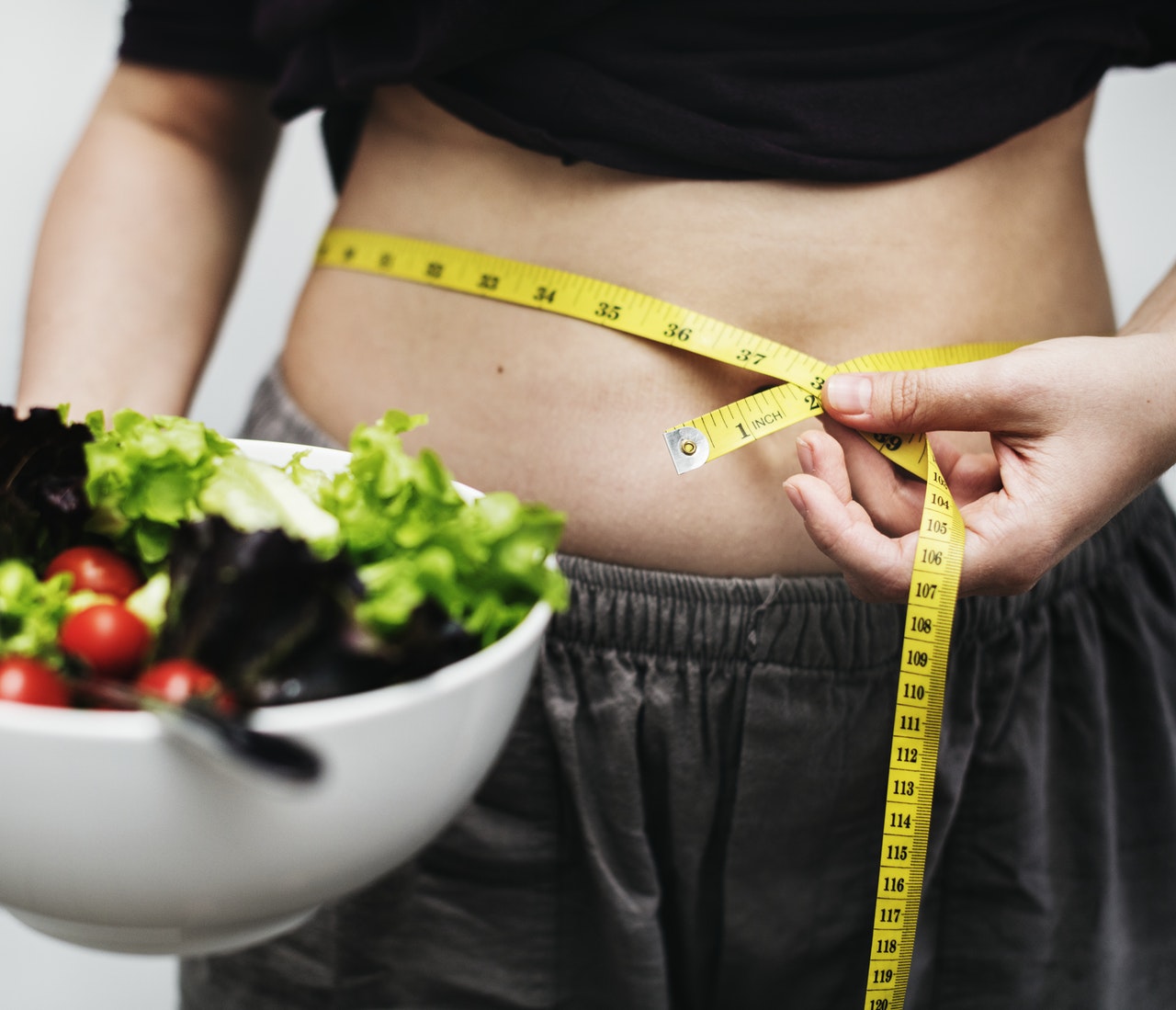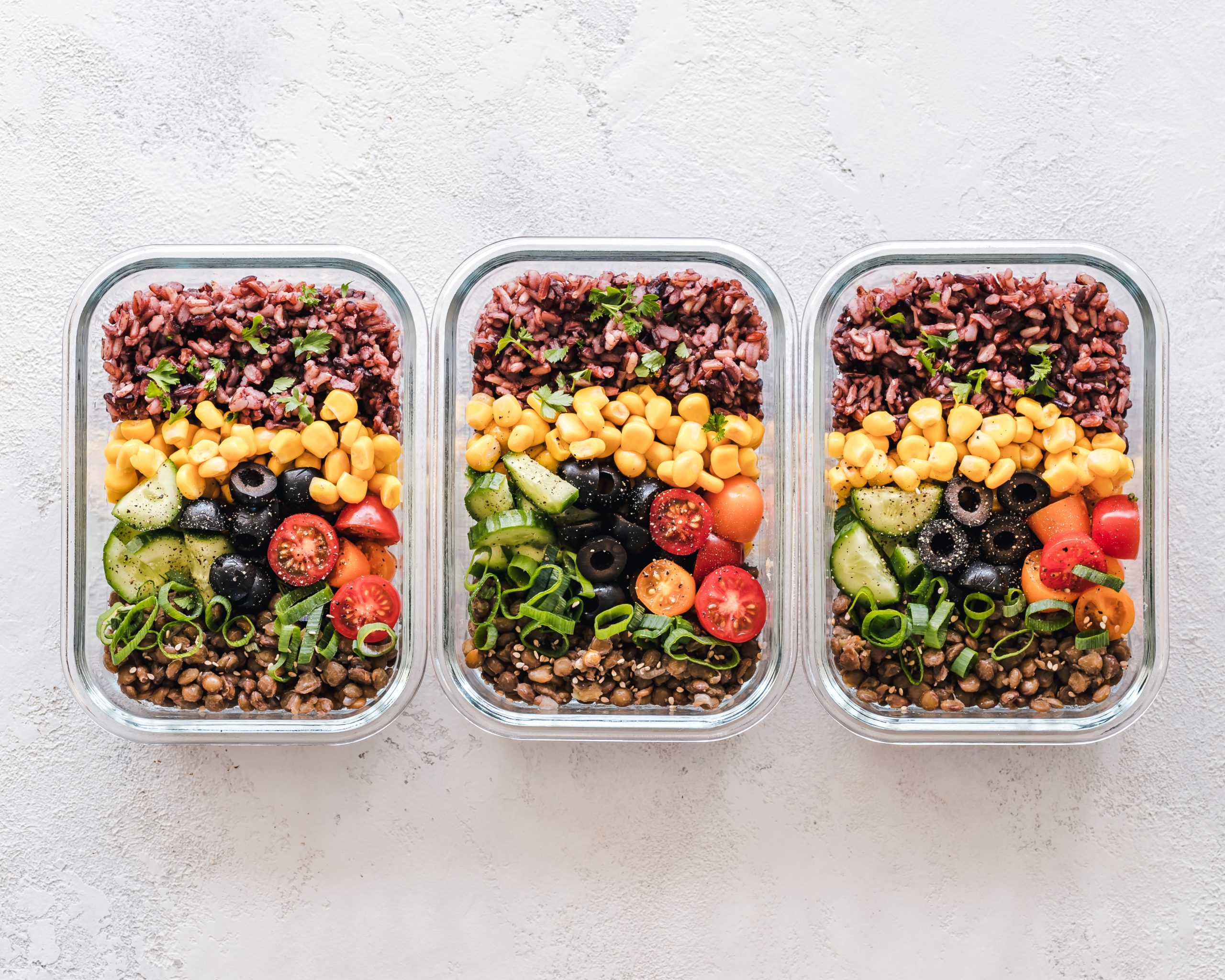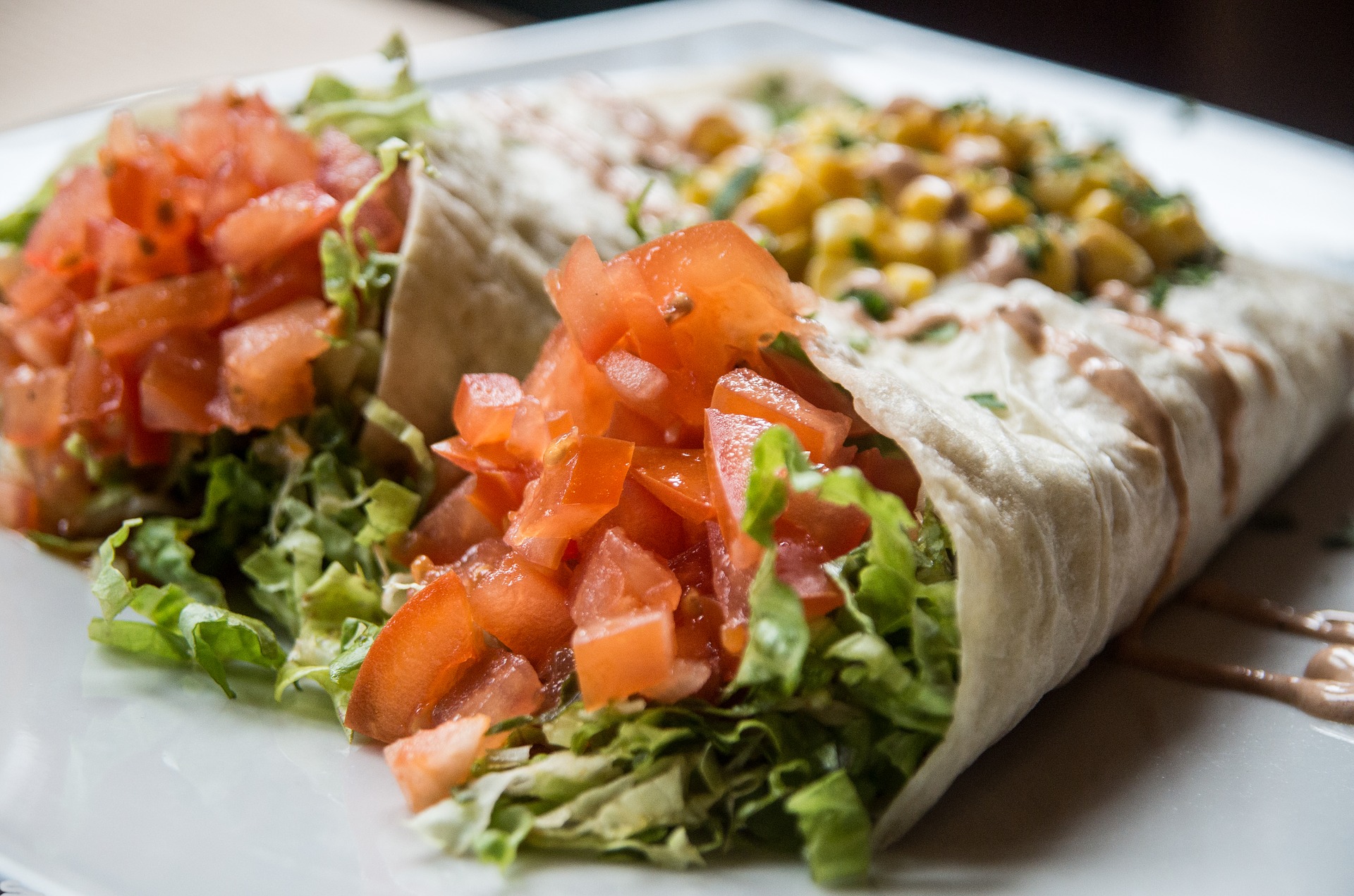If you’re considering a 3,000-calorie meal plan, you’re probably looking to gain weight. While most diet plans target the opposite, there are some good reasons why certain people’s health goals include weight gain – and it can be hard to find resources to help you do that in a healthy way. Let’s look at what a 3,000-calorie meal plan is, how it works and who can benefit from it.
What is a 3,000 calorie meal plan?
A 3,000-calorie meal plan is a high-calorie diet that helps you gain weight rapidly and build lean muscle mass. Eating so many calories can be surprisingly challenging, but this plan helps with a focus on protein, healthy fats, and fruits & veggies.
Meal planning for healthy weight gain
If you’re underweight or struggling to build up muscle mass, the world of meal planning can be very frustrating. Most diets and meal plans are frequently aimed at people who want to lose weight – and in a country with widespread obesity, not everyone will be sympathetic to your health journey.
But for anyone with an established and intense workout routine, a physically demanding job, or a health issue that requires weight gain, eating 3,000 calories or more might be a challenging necessity. Like any meal plan, a 3,000 calorie meal plan needs to be balanced and meet your nutrient needs through variety. Additionally, some attention should be paid to the macronutrient content of your diet. Before we get into the meal plan itself, let’s work through some basics:
Developing your own 3,000 calorie meal
If you’re firing up a high-calorie meal plan, the first thing to do is define your macros. For muscle gain, eating around 0.7-1g of protein per pound bodyweight are recommended. Fat should make up 0.25-0.5g per pound bodyweight, and carbohydrates the rest. (Built With Science, 2018)
Step one is to calculate your needs in all three areas based on your bodyweight. For example, let’s assume you are a 165 pound male. Your diet for muscle gain should land around 140g of protein, 61g of fat and 450g of carbs. One gram of protein or carbs has four calories, one gram of fat has 9 calories. Therefore, your calorie breakdown on this diet in percent is roughly 20% protein, 20% fat and 60% of cabs. (Built With Science, 2018)
Now let’s leave the math behind for a moment. Finding a variety of foods to combine is step two. A common mistake many people make at first is to try and just up their protein intake by as much as possible. This results in days full of fish, lean meats, and eggs. That’s a recipe for zero fun, little variety, and a possible depletion of essential vitamins.
Surprisingly, going above the recommended amounts of protein per pound bodyweight doesn’t mean that you will gain more muscle mass (British Journal of Sports Medicine, 2018). So don’t forget about the vegetables, grains, and healthy fats.
Finding the right food groups
Filling your stomach with 3,000 calories per day isn’t the challenging task here. Given the amount of fast food and processed foods easily available in the US, many people exceed this daily intake quite regularly.
When aiming for optimum health and increased fitness, there is no way around a whole foods diet that meets your nutrient needs while matching your macro targets (Livescience, 2016). Check out our article on building up a meal plan based on fresh foods for further information. (LINK WHEN LIVE)
How many meals are ideal?
There is some scientific evidence indicating that eating at least four times per day can help your body to gain muscle mass and weight faster (Journal of the International Society of Sports Nutrition, 2018). Since 3,000 calories is quite a large amount of food for your body to digest, spreading them out over four meals can also be much more comfortable than eating them in three or even just two sittings.
Ultimately, how many meals you want to eat and how far you want to space them out is also down to your personal preference. Listen to your body and make sure to feel comfortable with your meal planning.
The 3,000 calorie meal plan: A sample day
Now that we’ve covered the background, let’s get down to details. Here’s a sample meal plan for one day on a 3,000 calories diet:
Breakfast
Overnight oats with blueberries, almond butter, and eggs
Ingredients:
- 1 cups of water
- 1 cups of oats
- 1 cups of blueberries
- 2 tbsp almond butter
- Dash of salt
- 2 eggs
Calories: 715
Macros: 29.7g of protein, 83.1g of carbs, 32.6g of fat
Lunch
Veggie, chicken and hummus sandwich with peanut butter and carrot sticks
Ingredients:
- 2 slices whole-wheat bread
- 2 tbsp hummus
- 3 oz roasted red peppers
- 4 oz chicken
- ¼ cup of sliced onions
- ½ cup of spinach
- 2 cups chopped carrots
- 2 tbsp peanut butter
Calories: 671
Macros: 53.7g of protein, 63.5g of carbs, 24.4g of fat
Snack
Sweet green smoothie and granola
Ingredients:
- 1 cup raw spinach
- 1 cup almond milk
- ½ cup strawberries
- 1 cup sliced peaches
- 1 oz granola
Calories: 360
Macros: 9g of protein, 61.8g of carbs, 10g of fa8
Dinner
Pesto pasta with salad
Ingredients:
- 1.5 cups pasta
- 1 cup spinach
- 1/2 cup mushrooms
- 2 tbsp pesto sauce
- 1 cup romaine
- 5 kalamata olives
- 1 oz feta cheese
- 2 tbsp walnuts
- 1 tbsp balsamic vinaigrette
Calories: 746
Macros: 27.5g of protein, 80.1g of carbs, 36.3g of fat
Dessert
- 1 tbsp honey
- 1 cup greek yogurt
Calories: 218
Macros: 12.9g of protein, 34.6g of carbs, 3.8g of fat
Total
Total calories: 2,710
To put it in a nutshell…
As we discussed above, calories are important – but they’re not all you should think about. To achieve your health and fitness goals sustainably, you need to think holistically. And that’s exactly where Noom’s health coaching and community support comes in.
With Noom’s help, you’re not stuck with a rigid, high-calorie meal plan that eventually becomes tiresome, repetitive, and discouraging. You’re getting personalized, unique support finding the meals you need to thrive in your health journey – and to build a lifestyle you feel good about. Come see what we can do.









